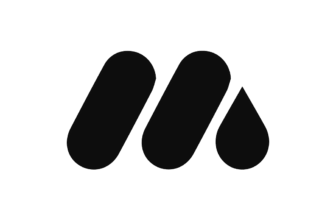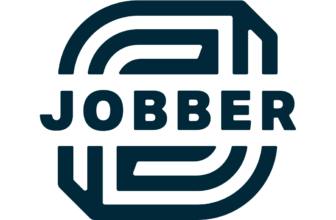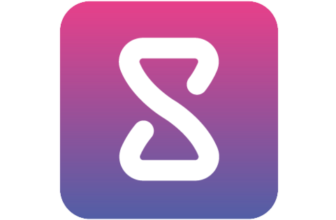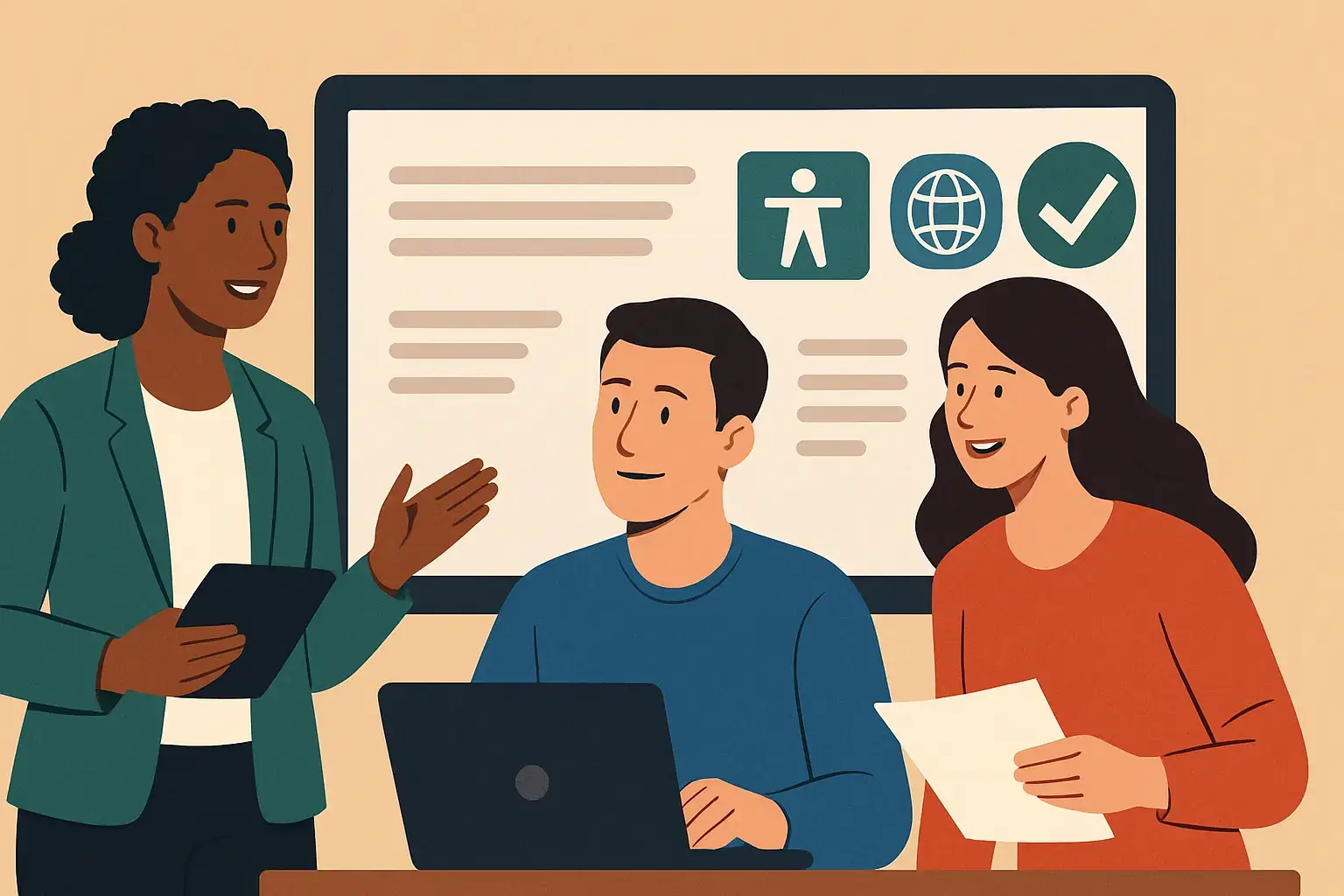
Introduction
Most HR teams are already juggling recruitment, retention, compliance, and culture, but one area often overlooked is how digital experience fits into that equation. When someone interacts with your company, whether they’re a job applicant, a new hire, or a long-term employee, the experience they have navigating your systems and communications speaks volumes about your organization’s values.
This is where inclusive HR plays a crucial role. This isn’t just about polished design or branding. It’s about whether your hiring process works for someone using assistive technology. Whether your internal documents reflect a wide range of identities and working styles. Whether your onboarding tools are actually usable across devices, regions, and needs.
In a globally connected workforce, these moments define more than just user satisfaction; they define trust, inclusion, and long-term engagement.
In this guide, we’ll explore how HR leaders can take ownership of digital accessibility and inclusive practices, beyond the buzzwords. We’ll look at practical ways to improve candidate and employee experiences by embedding accessibility, usability, and thoughtful communication into the core of your HR strategy.
Why UX Matters in HR
User experience is often seen as a marketing or product design concern, but it starts much earlier and goes far deeper. In the context of HR, UX directly shapes how potential and current employees perceive your company from the very first interaction.
Take the job application process as an example. If your careers page is difficult to navigate, uses small fonts, or lacks compatibility with screen readers, you’re already putting some candidates at a disadvantage. The same goes for onboarding platforms, internal portals, and benefits dashboards. If these systems are clunky or inaccessible, they create friction and sometimes exclusion.
UX in HR is about more than usability. It’s about respect. When people engage with your company, whether applying for a role, reviewing their benefits, or completing training, they should feel that the systems were built for them, not against them.
A good internal user experience typically includes:
-
Clear, concise language that’s free of unnecessary jargon
-
Navigation that works across devices and assistive technologies
-
Interfaces designed with diverse users in mind
When your HR platforms and tools are accessible and thoughtfully designed, you’re not just ticking boxes – you’re demonstrating that your company values all people equally. That message, communicated through experience rather than words, is one of the strongest ways to attract, engage, and retain talent in today’s competitive landscape.
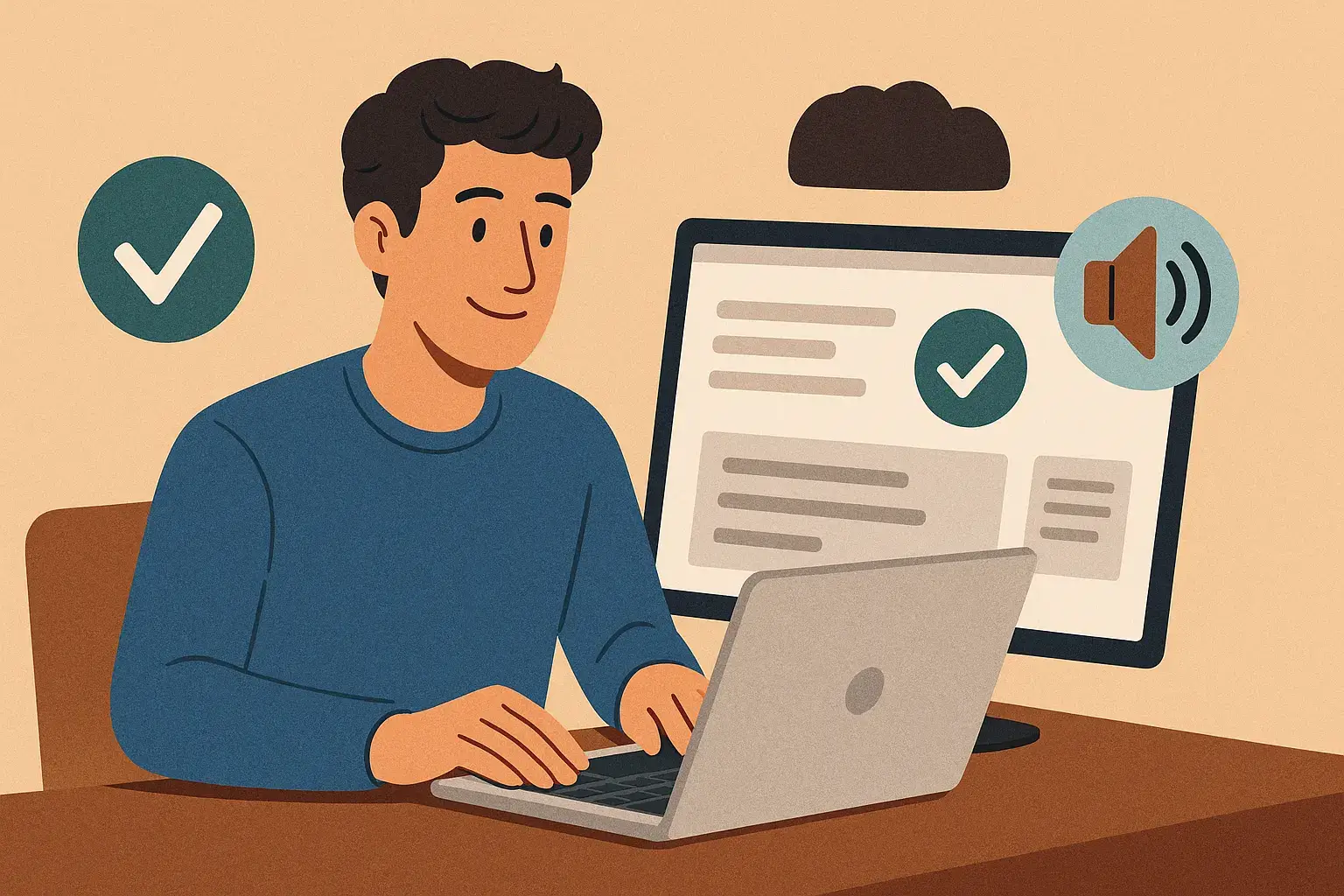
Accessibility as a Standard
Accessibility isn’t just a matter of regulatory compliance; it’s a direct signal of how your organization treats people. It shows whether your systems, documents, and communication channels are built with all users in mind, not just the majority.
When HR platforms and resources are accessible, they allow everyone to participate fully in the workplace experience. This includes job applicants reviewing your careers page, employees navigating the benefits system, or team members using performance tools. If these systems are inaccessible or poorly designed, the result is exclusion, intentional or not.
Accessible HR experiences typically involve:
-
Clear fonts and strong color contrast for visibility
-
Descriptive alt text on images and diagrams
-
Logical, keyboard-friendly navigation
-
Plain language that’s easy to understand across cultures and backgrounds
Meeting global accessibility standards, such as the Web Content Accessibility Guidelines (WCAG), is one part of the equation. But the real value lies in how accessibility supports a respectful and equitable work culture. It creates consistency between your internal values and the digital experiences you provide across every stage of employment.
One practical way to implement accessibility across your HR systems and websites is by using automated accessibility tools. UserWay is one of the leading solutions, offering AI-powered accessibility widgets, compliance monitoring, and WCAG-aligned remediation, all easily integrated into your existing infrastructure. It’s a simple step that can make a measurable impact across both external-facing pages and internal HR systems.
Inclusive Language in HR Templates
The most visible parts of your employer brand aren’t always your website or your LinkedIn profile; they’re often the everyday documents managed by HR. Offer letters, onboarding materials, internal announcements, and training guides are the artifacts your team interacts with the most. And yet, they’re rarely reviewed through the lens of inclusion and accessibility.
These documents reflect how your organization communicates, what it values, and who it assumes its audience is. When phrasing is outdated, overly formal, or unintentionally exclusive, it creates distance. On the other hand, thoughtful language and formatting show that your company pays attention, not just to legal details, but to people.
Here are a few practical elements that matter more than many teams realize:
-
Are your employment contracts free of gendered or binary language?
-
Do your internal emails and event invites include accessibility options or expectations?
-
Is the tone of your policy updates clear and understandable, regardless of native language or background?
These aren’t just stylistic concerns. They influence how people engage, how welcome they feel, and how likely they are to trust the organization long-term.
When you treat internal documents with the same care you’d apply to external communications, you reinforce a workplace culture where everyone is considered, not just accommodated. And that consistency between intention and execution is what builds loyalty.
The Business Case for Inclusion
Inclusive HR practices aren’t just good policy, they’re smart business. When people feel supported and respected from the moment they interact with your company, they’re more likely to stay, perform, and speak positively about their experience.
Accessible and inclusive systems reduce friction during hiring and onboarding, improve retention, and strengthen your reputation as a fair employer. These improvements translate into measurable outcomes – from lower turnover costs to higher employee satisfaction scores.
There’s also a significant market incentive. Globally, more than 1.3 billion people live with disabilities, around 16% of the population, and when you factor in their families and communities, the economic impact grows exponentially. According to the World Economic Forum, this audience controls over $13 trillion in collective spending power. Separate data from the Valuable 500 places the disability community’s disposable income at $8 trillion. Companies that ignore accessibility risk are missing out on this enormous and underserved market, both as consumers and potential employees.
Trust, once built through products alone, is now earned through experience, how you communicate, who you include, and how easily people can access your systems. Inclusive HR practices help build that trust at every stage of the employee journey, with benefits that extend far beyond your own team.
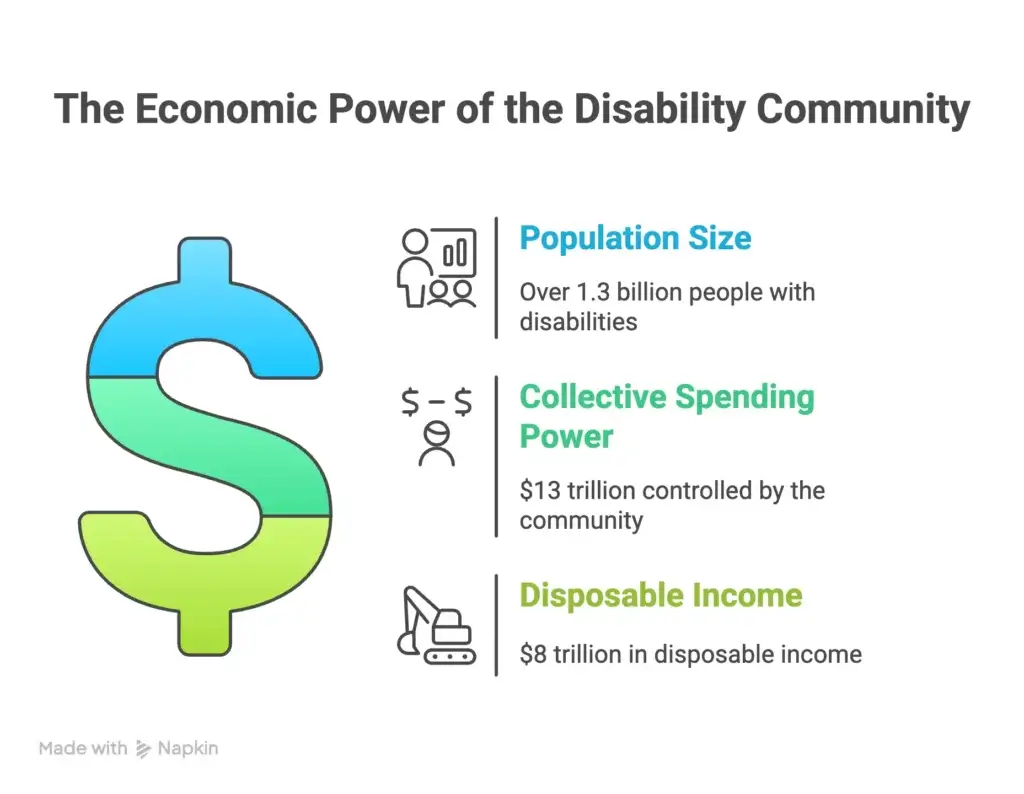
How to Build Inclusive HR
Creating a more inclusive and accessible HR experience doesn’t require a complete overhaul, but it does require intention. Small, strategic steps can lead to meaningful improvements across the employee journey.
Start by reviewing your digital touchpoints. Use accessibility scanners or audit tools to evaluate your careers page, HR systems, and internal platforms. Identify areas where navigation, readability, or compatibility could be improved for all users.
Next, revisit your core HR templates, from offer letters and onboarding materials to internal policy documents. Update them to reflect clear language, thoughtful formatting, and accessibility considerations. Even subtle changes in tone or structure can make these materials more inclusive and easier to engage with.
Equally important is internal education. Train your team to understand how accessible design and inclusive communication support stronger hiring, onboarding, and retention outcomes. This isn’t just an HR function; it’s a shared responsibility.
Lastly, creating inclusive HR experiences doesn’t happen in isolation. It requires collaboration between departments – HR, design, IT, and operations – working together on shared platforms. If your teams rely on outdated or siloed tools, even the best intentions around accessibility and inclusion can fall flat. See our top project management tools that support better communication, cross-functional workflows, and inclusive decision-making.
Final Thoughts
Accessibility, user experience, compliance, and inclusive communication aren’t separate initiatives. They form a connected strategy that shapes how people experience your company, whether they’re employees, applicants, partners, or customers.
For HR leaders, this means taking ownership of the entire employee journey, not just policies and processes. It’s about designing systems and communications that reflect care, clarity, and respect for everyone who interacts with your organization.
When people feel included, supported, and understood, they’re more likely to stay, contribute meaningfully, and advocate for your brand. And that kind of engagement doesn’t just benefit your team, it strengthens your business from the inside out.
FAQ
1. What does accessibility mean in the context of HR?
Accessibility in HR refers to designing systems, documents, and processes that all individuals, regardless of ability, can use with ease. This includes job applications, onboarding portals, benefits platforms, and internal communications. Features like screen reader compatibility, keyboard navigation, and clear language help ensure no employee or candidate is left behind.
2. Why should HR teams care about website compliance?
Website compliance ensures your digital platforms meet international accessibility and data privacy standards (such as WCAG, GDPR, or ADA). For HR, this helps protect sensitive employee data, avoids legal risk, and shows commitment to fairness and transparency, essential for employer branding and global recruitment.
3. How can inclusive HR documents improve recruitment and retention?
When job offers, onboarding packets, and internal policies are written in accessible, inclusive language, candidates and employees are more likely to feel welcome and respected. This builds trust early on, improves the onboarding experience, and increases long-term retention by creating a sense of belonging.
4. What tools can HR use to improve accessibility and compliance?
There are several tools available to support accessibility audits and automation. For example, UserWay offers an accessibility widget that helps ensure compliance across your website and HR portals. HR teams can also use inclusive language checkers, document formatting guidelines, and web accessibility scanners.
5. Is improving HR accessibility expensive or time-consuming?
Not necessarily. Many improvements – like updating templates, using accessible fonts, or training staff on inclusive practices – require more awareness than budget. Even small changes can significantly improve usability and perception, making them a smart investment for any growing business.

